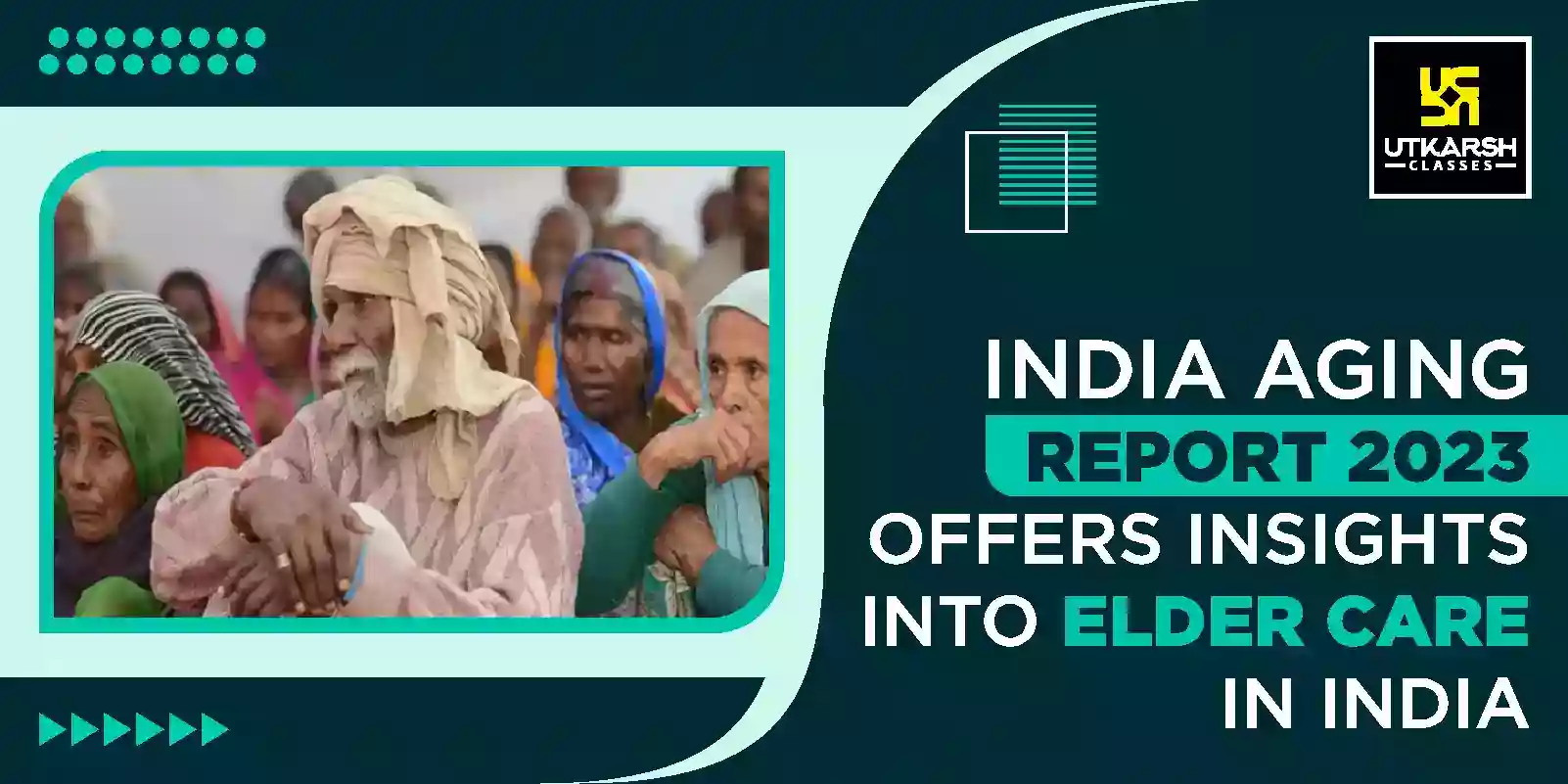A substantial portion of the global population is aging, and India is no exception to this trend. According to the India Ageing Report 2023 by the United Nations Population Fund, there is a stark reality on the horizon. The population aged 60 and above is projected to double from 10.5% or 14.9 crore individuals (as of July 1, 2022) to 20.8% or 34.7 crore by the year 2050. This means that one in every five people will be a senior citizen, with far-reaching implications for healthcare, the economy, and society as a whole.
In regions like Kerala and West Bengal, a growing elderly population is experiencing solitude as their children migrate in search of better opportunities. While advancements in healthcare have contributed to increased life expectancy, and declining fertility rates are observed in various countries, including India, there are formidable challenges in providing for a burgeoning elderly population. Within this overarching demographic shift, there are numerous other noteworthy statistics. Notably, elderly women outnumber their male counterparts. A 60-year-old person in India can anticipate living another 18.3 years, with women having a slightly longer life expectancy of 19 years compared to men at 17.5 years. In India, where female labor force participation stands at a meager 24%, it is imperative to ensure economic and social security for women to prevent their increased vulnerability in old age.
 Furthermore, there are substantial variations between states. In 2021, most southern states reported a higher proportion of elderly citizens compared to the national average, and this gap is expected to widen by 2036. In contrast, states with higher fertility rates, such as Bihar and Uttar Pradesh, are also projected to witness an increase in the elderly population’s share by 2036, but it will remain below the national average. Overall, more than two-fifths of the elderly population belong to the poorest wealth quintile, ranging from 5% in Punjab to a staggering 47% in Chhattisgarh. Additionally, 18.7% of the elderly have no source of income, which exacerbates their economic vulnerability. A significant portion of the elderly population resides in rural areas and often faces economic hardships. Addressing these challenges necessitates a comprehensive societal approach that encompasses physical and mental health, basic necessities like food and shelter, income security, and social care. Geriatric care should be tailored to their distinct healthcare requirements.
Furthermore, there are substantial variations between states. In 2021, most southern states reported a higher proportion of elderly citizens compared to the national average, and this gap is expected to widen by 2036. In contrast, states with higher fertility rates, such as Bihar and Uttar Pradesh, are also projected to witness an increase in the elderly population’s share by 2036, but it will remain below the national average. Overall, more than two-fifths of the elderly population belong to the poorest wealth quintile, ranging from 5% in Punjab to a staggering 47% in Chhattisgarh. Additionally, 18.7% of the elderly have no source of income, which exacerbates their economic vulnerability. A significant portion of the elderly population resides in rural areas and often faces economic hardships. Addressing these challenges necessitates a comprehensive societal approach that encompasses physical and mental health, basic necessities like food and shelter, income security, and social care. Geriatric care should be tailored to their distinct healthcare requirements.
While there are several government schemes aimed at assisting the elderly, many remain unaware of them or find the application process overly complex. The National Policy on Older Persons from 1999 and the Maintenance and Welfare of Parents and Senior Citizens Act of 2007 establish guidelines for the care of the elderly. However, to ensure that senior citizens can lead dignified lives, both public and private policies must create a more supportive environment.
India is witnessing a significant demographic shift with a rapidly aging population. This transformation has profound implications for various aspects of society, including healthcare, the economy, and social well-being. To address the challenges posed by this demographic transition, it is imperative to implement a holistic approach that encompasses healthcare, economic security, and social support. Furthermore, raising awareness about existing government schemes and simplifying access to them is essential to ensure that the elderly receive the assistance and care they deserve in their later years.
